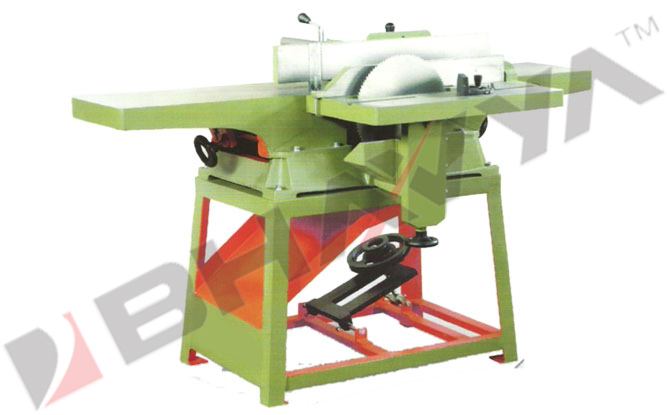The world’s woodworking machine market is poised for rapid growth in the next few years, as the market for woodworking machines is growing across the globe. Factors influencing the market’s growth include declining wood supply, increasing timber prices, technological developments, and market segmentation. The article also analyses the competitive landscape. It provides insights into the regional market and potential growth opportunities. The article also covers key regions across the globe.
Woodworking Machine & Declining Wood Supplies
The COVID-19 pandemic has had a tremendous impact on the world economy and has forced many small businesses to shut down. Large corporations have also suffered as the virus spread across the continent. The virus’s long duration and the sudden onset of this disease triggered lockdown regulations and disrupted import and export activities. This has created a critical shortage of African wood for woodworking machines.
The industry’s future may be affected by increasing timber prices and declining wood supply. However, new business opportunities may arise in the near future, especially if existing facilities are upgraded and RD tasks are undertaken by large practitioners. The initial cost of machinery may also be prohibitive to the demand for these products. Wood supply declines and timber prices may also have an effect on the target product’s use.

Woodworking Machine & Increasing Timber Prices
The Middle East market remains stable, but increasing timber prices will pose a challenge to African suppliers competing with Southeast Asian producers. While producer countries are experiencing modest growth in demand, the lack of supply is affecting pricing.
Europe is expected to hold the largest share of the global woodworking machinery market. The growing use of IoT in manufacturing units is boosting its market share. North America, meanwhile, is expected to experience significant growth. Rising construction projects and increased adoption of advanced woodworking machines in the construction sector are expected to drive this region’s growth. Additionally, the increasing population in developed countries will result in high demand for residential construction in the region.
Technological Advancements in Woodworking Machines
Growing demand for wooden furniture and engineered wood has fuelled the growth of the woodworking machine market. Meanwhile, an increasing population and the development of infrastructure are driving the demand for advanced machines. Additionally, manufacturers are shifting to more automated methods to improve their productivity and efficiency. Technological advancements in the woodworking machine market are anticipated to accelerate in the next few years. Both developed and developing countries are increasingly adopting these machines.
A reliable source for market reports has analyzed the woodworking machine market in ten African countries. In a rapidly growing market, it is important to understand the trends that shape the market. Efficient strategies give companies a competitive edge and a head start in planning. There are many reasons why technological advancements in woodworking machines in Africa are a good option for a company.
Market Segmentation for Woodworking Machine
The market for woodworking machines in Africa is expected to be dominated by electric and mechanical models in the coming years. The demand for automation and smart machines in the furniture industry is expected to fuel the growth of the target market. The region also expects significant growth in the construction industry thanks to urbanization and increased demand for residential construction. And, the initial cost of woodworking machines will not hinder the growth of the market over the forecast period.
In Conclusion
A reliable report on these woodworking machines includes profiles of key players in the woodworking machines market, focusing on their business strategies and SWOT analyses. This article also has shown the latest market trends and suggests areas for improvement. And this research can be customized according to the specific requirements of the reader. For example, it can be customized to suit the specific needs of the reader, highlighting the key market trends.





